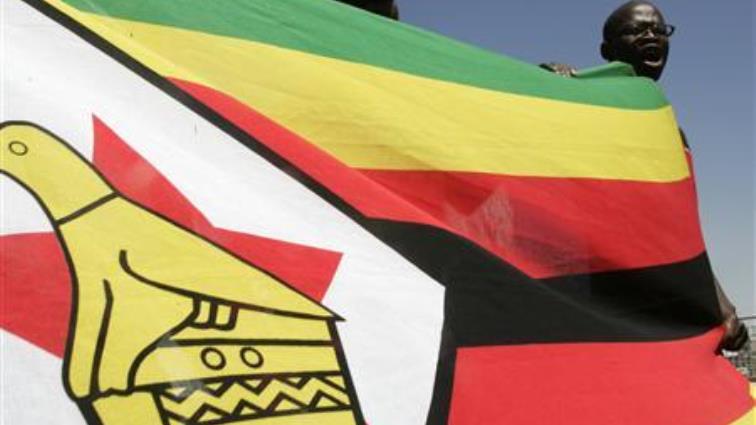Robert Mugabe, the former guerrilla leader who led Zimbabwe for more than three decades, died aged 95 on Friday.
Here are some of the key political figures that have played prominent roles in Zimbabwean politics since independence from Britain in 1980.
ROBERT MUGABE Born Feb. 21, 1924 in what was then the British colony of Southern Rhodesia, Mugabe ruled Zimbabwe for 37 years, first as prime minister and then as president from 1987. He was forced to resign in November 2017 after his army generals turned on him, fearing he was about to step down due to poor health and anoint his unpopular wife as successor. Mugabe rejected charges that he ruined what had been seen as southern Africa’s bread basket, saying Britain led a Western campaign to sabotage the economy through sanctions in retaliation for Harare’s forcible seizure of white-owned farms for redistribution to landless black people. He died on Sept. 6 in Singapore.
EMMERSON MNANGAGWA Known as “The Crocodile” because of his reputation for ruthless cunning, Mnangagwa became president in November 2017 after Mugabe was ousted by his armed forces. For nearly two decades, Mnangagwa had been touted as Mugabe’s most likely successor. He was made vice president in 2014, replacing the sacked Joice Mujuru, who had held the position for 10 years. Mnangagwa promised to break with Mugabe’s policies, but his opponents say his government has adopted the authoritarian ways that were a hallmark of his predecessor.
JOSHUA NKOMO Popularly known as “Father Zimbabwe”, Nkomo spearheaded Zimbabwe’s 1960-70s liberation war along with Mugabe and became vice president in 1987 after his PF-ZAPU party was incorporated into Mugabe’s ZANU-PF. The political takeover followed an early 1980s military crackdown against Mugabe opponents in Nkomo’s Matabeleland home region in western Zimbabwe. An estimated 20,000 civilians were killed in what some rights campaigners have labelled a genocide. Nkomo died in office in 1999.
MORGAN TSVANGIRAI The former trade unionist lead the opposition Movement for Democratic Change (MDC) until his death from cancer in February 2018. Formed in 1999, the party posed the stiffest political challenge to ZANU-PF since Mugabe took power. Tsvangirai was prime minister in an uneasy 2009-2013 coalition government that oversaw an economic recovery after a decade of decline and hyperinflation that had left salaries and pensions worthless. But the MDC suffered a shock landslide defeat in 2013 elections, which split the party and left it weaker.
GRACE MUGABE A former typist in the presidential typing pool, Mugabe’s second wife is more than 40 years his junior and initially showed no political ambitions, earning the nickname “Gucci Grace” for her frequent expensive overseas shopping trips. However, she was catapulted to the leadership of the ZANU-PF Women’s League in 2014 after a string of verbal attacks against then vice president Joice Mujuru, whom she accused of coveting her husband’s post. A faction of young ZANU-PF members rallied behind Grace to succeed her husband, but the drive failed after Mugabe was ousted.
JOICE MUJURU A liberation war guerrilla with the nom de guerre “Spill Blood”, Mujuru was a leading candidate to succeed Mugabe until he fired her in 2014. She suffered a crushing defeat in the 2018 presidential election, even after promising to revive the economy and repair strained relations with the West. Her husband, former army chief Solomon Mujuru, died in a mysterious house fire in 2011. Mujuru said her husband was murdered.


